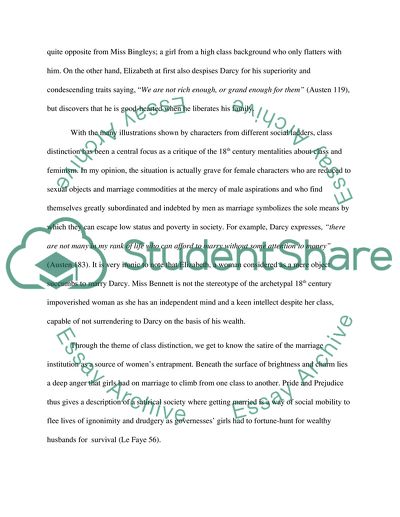Cite this document
(“Jane Austens Pride and Prejudice Essay Example | Topics and Well Written Essays - 1000 words”, n.d.)
Jane Austens Pride and Prejudice Essay Example | Topics and Well Written Essays - 1000 words. Retrieved from https://studentshare.org/literature/1630087-jane-austens-pride-and-prejudice
Jane Austens Pride and Prejudice Essay Example | Topics and Well Written Essays - 1000 words. Retrieved from https://studentshare.org/literature/1630087-jane-austens-pride-and-prejudice
(Jane Austens Pride and Prejudice Essay Example | Topics and Well Written Essays - 1000 Words)
Jane Austens Pride and Prejudice Essay Example | Topics and Well Written Essays - 1000 Words. https://studentshare.org/literature/1630087-jane-austens-pride-and-prejudice.
Jane Austens Pride and Prejudice Essay Example | Topics and Well Written Essays - 1000 Words. https://studentshare.org/literature/1630087-jane-austens-pride-and-prejudice.
“Jane Austens Pride and Prejudice Essay Example | Topics and Well Written Essays - 1000 Words”, n.d. https://studentshare.org/literature/1630087-jane-austens-pride-and-prejudice.


